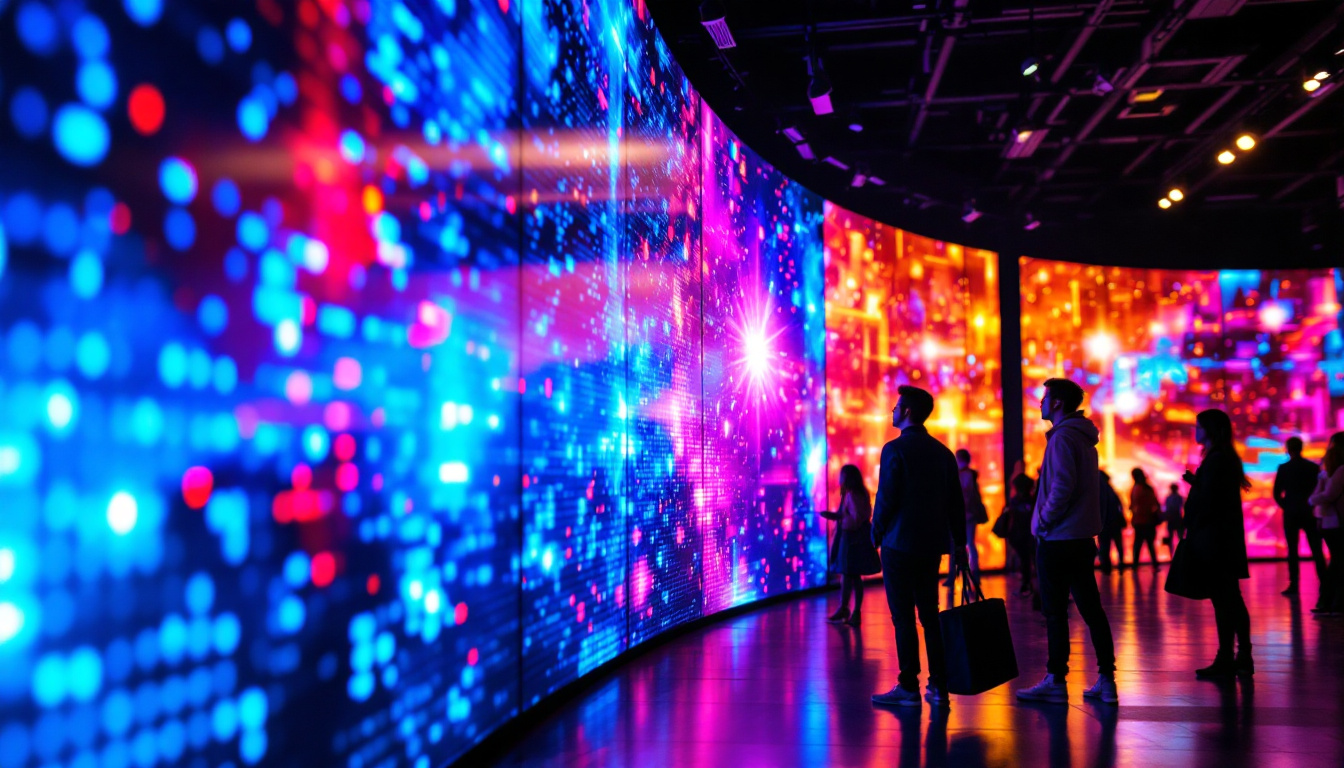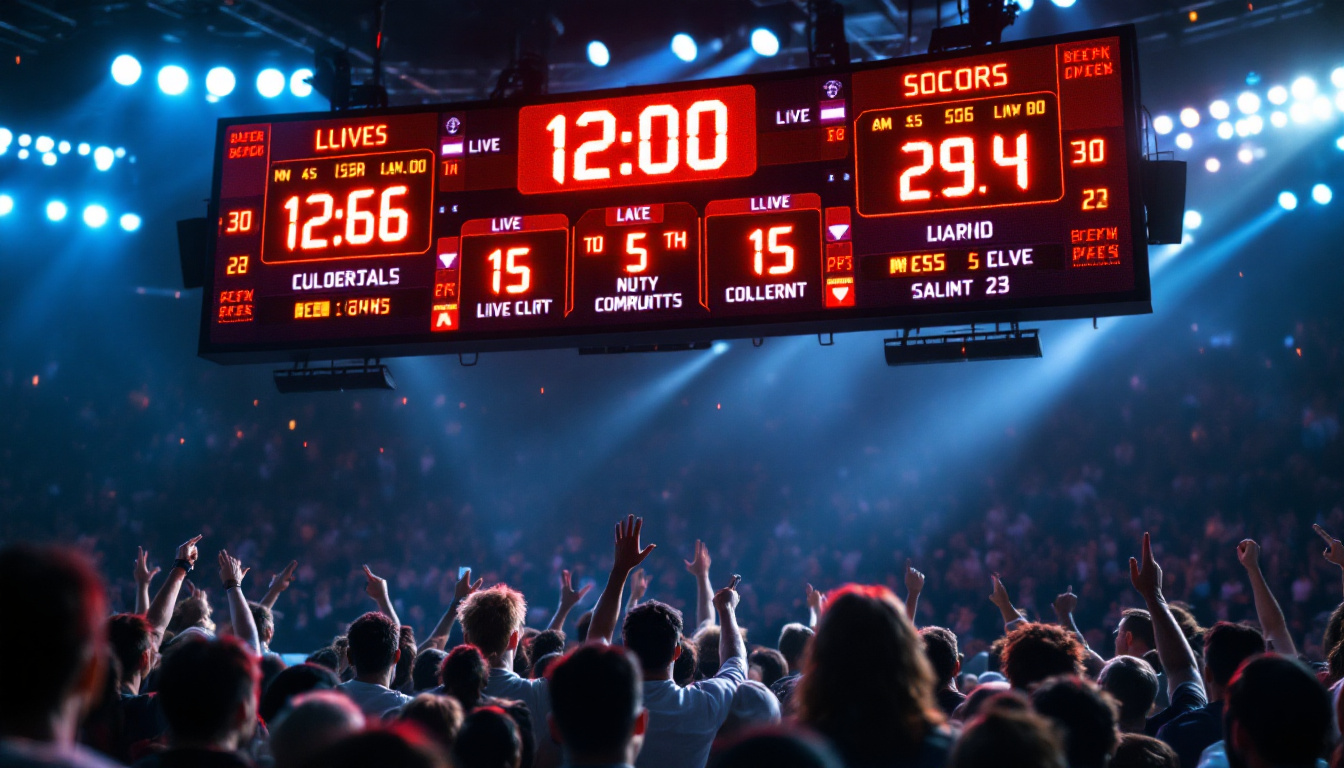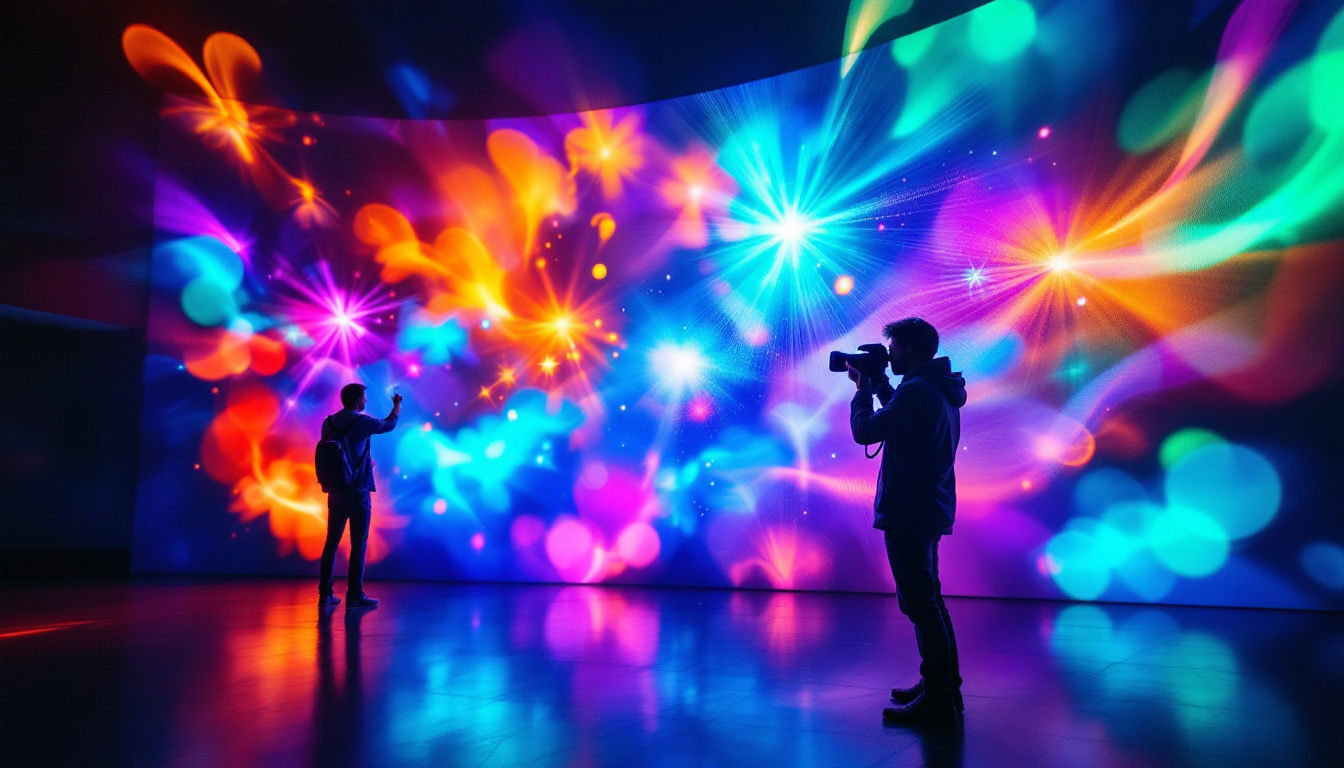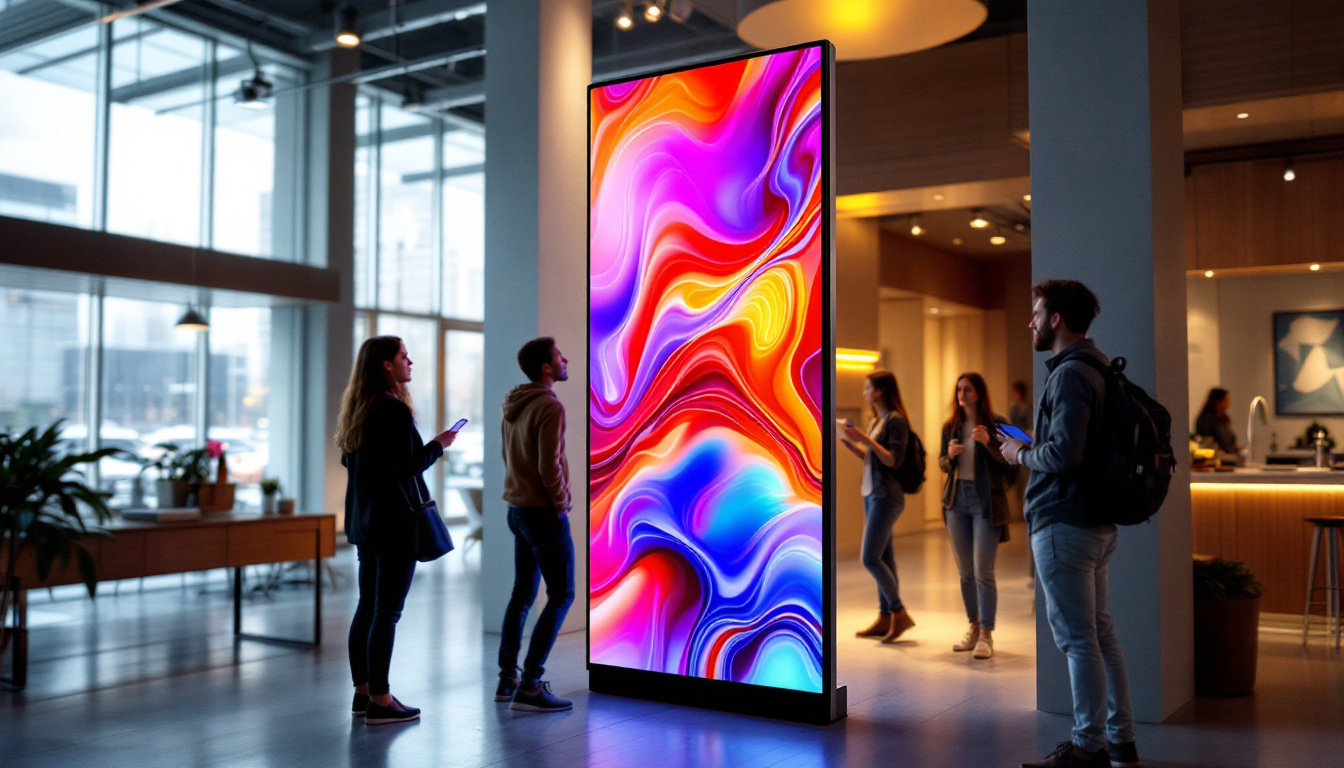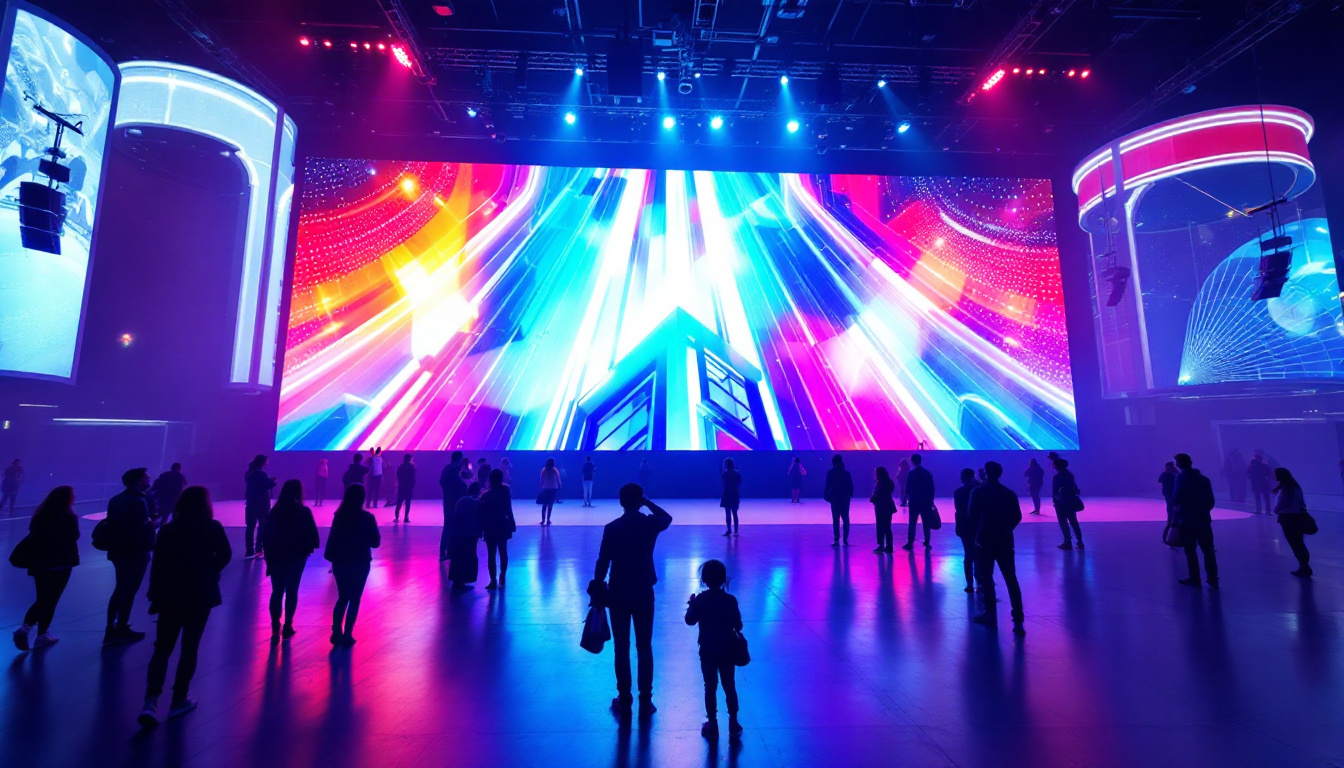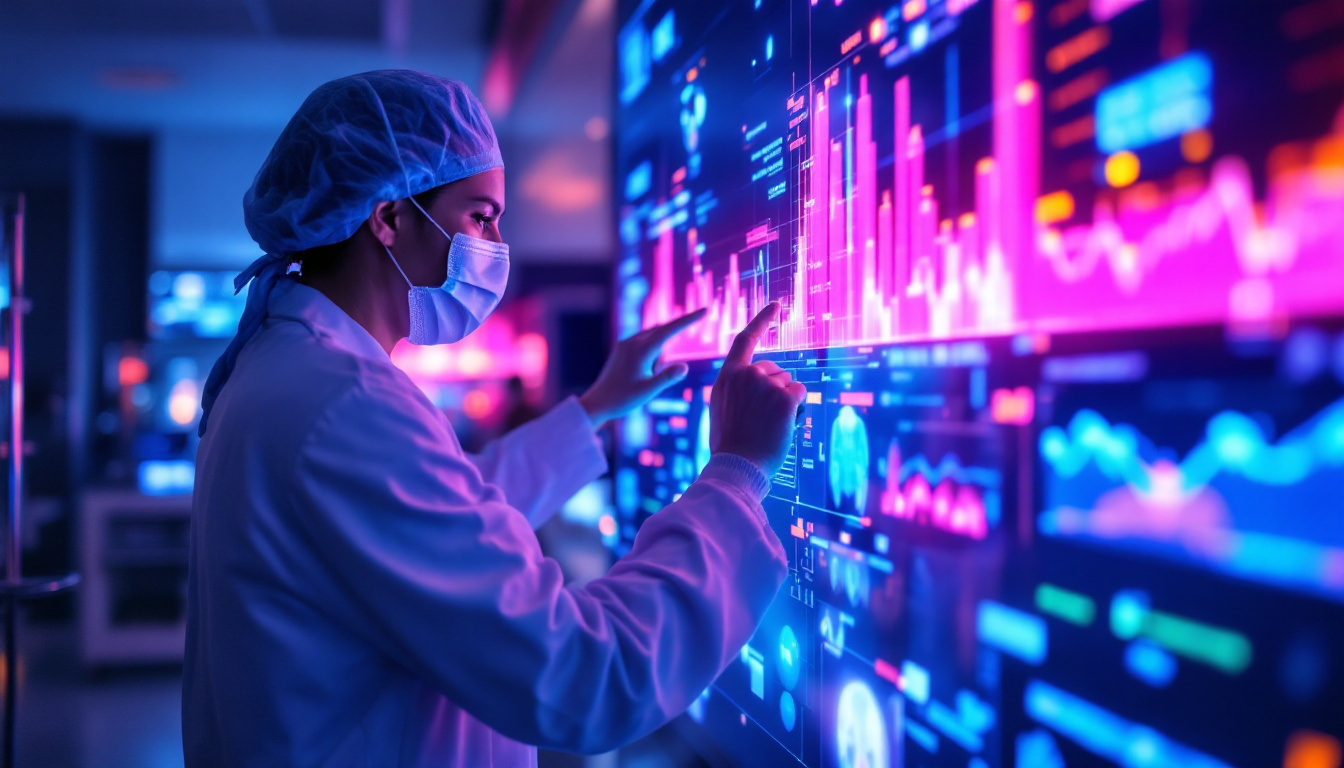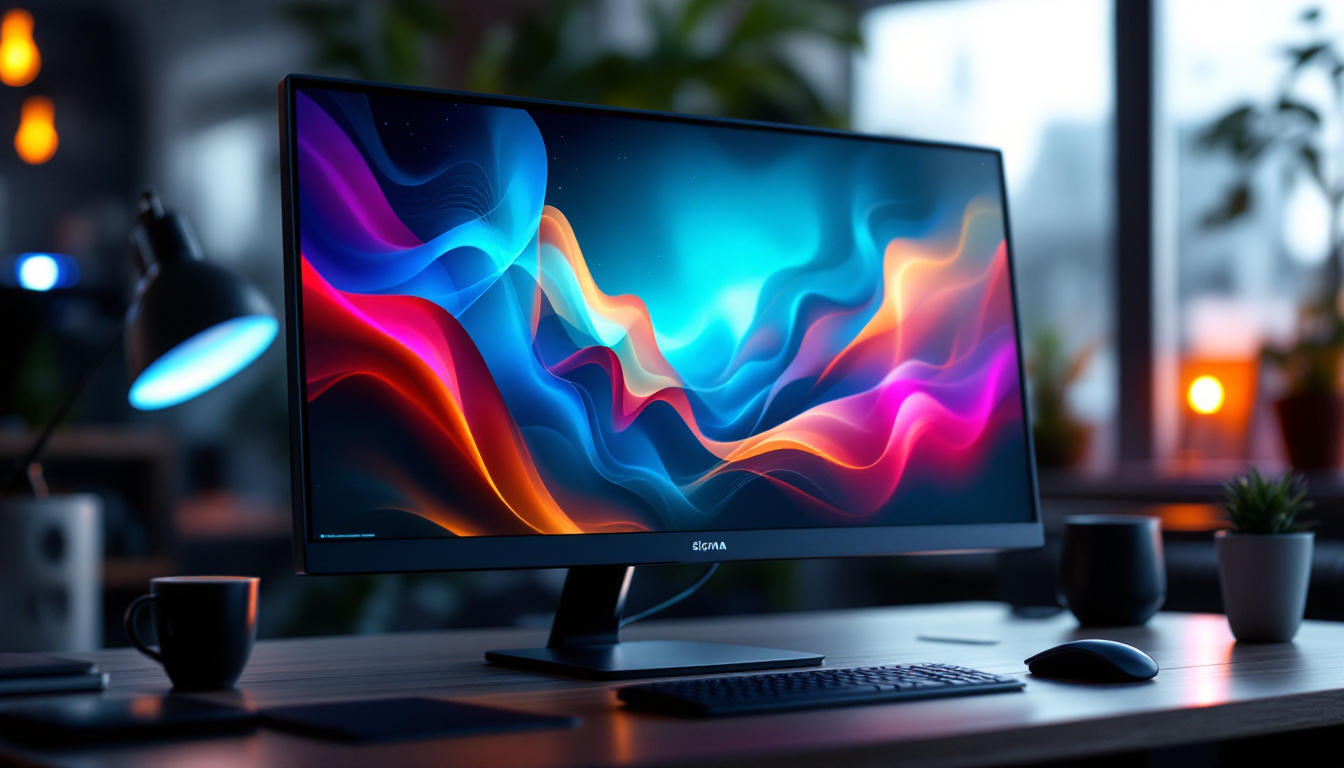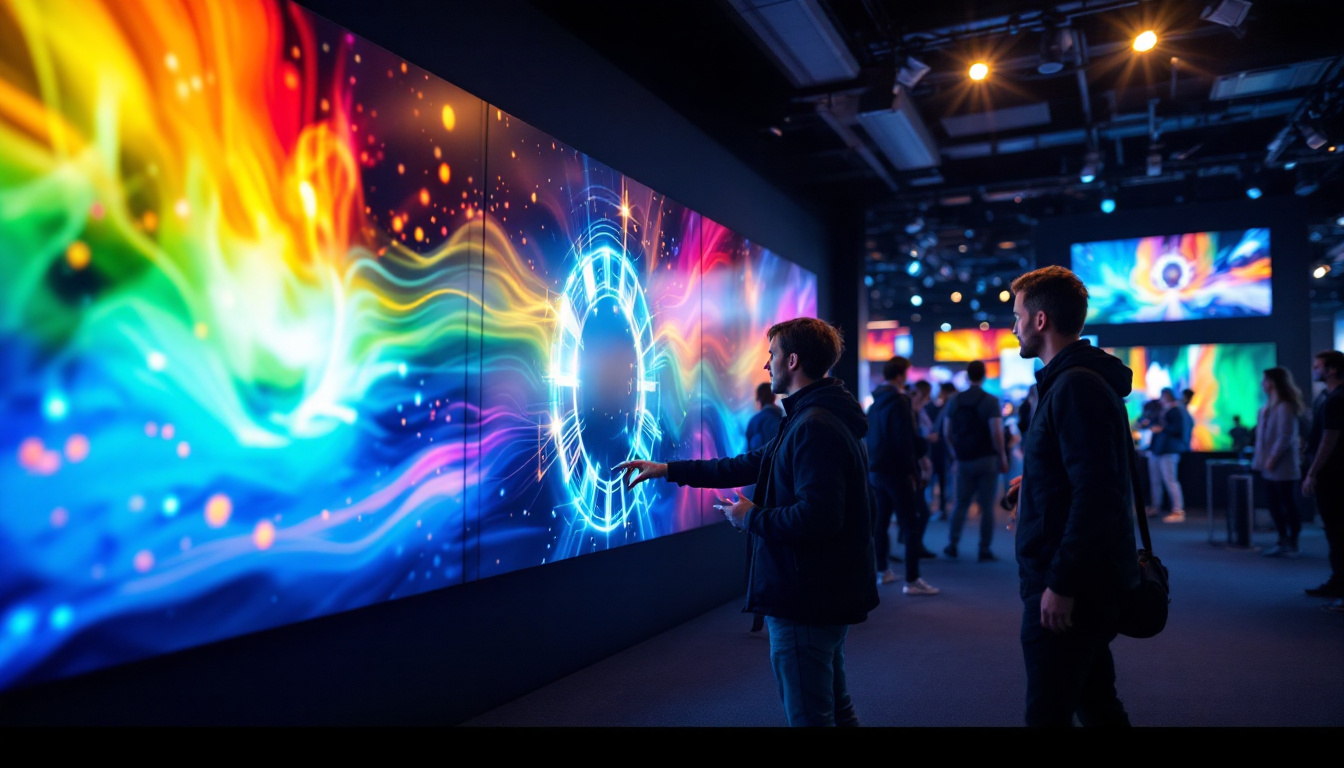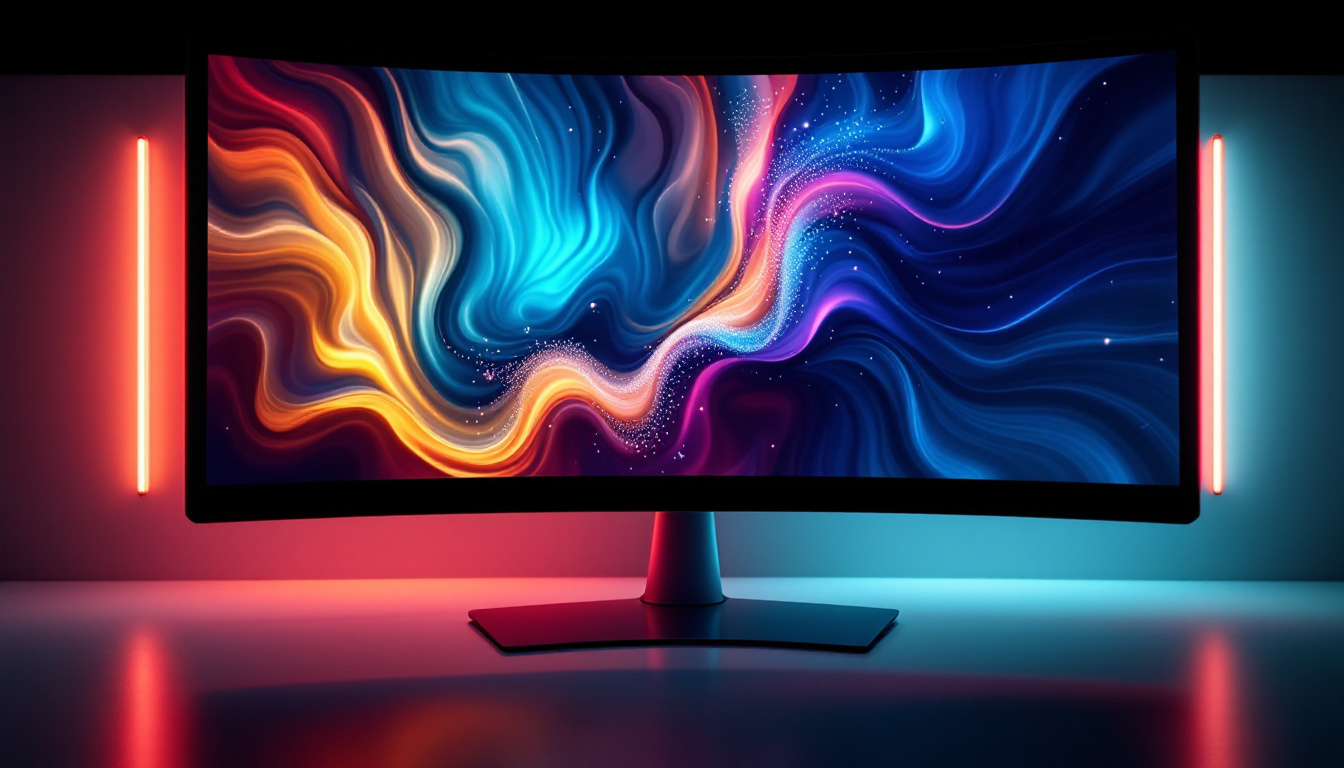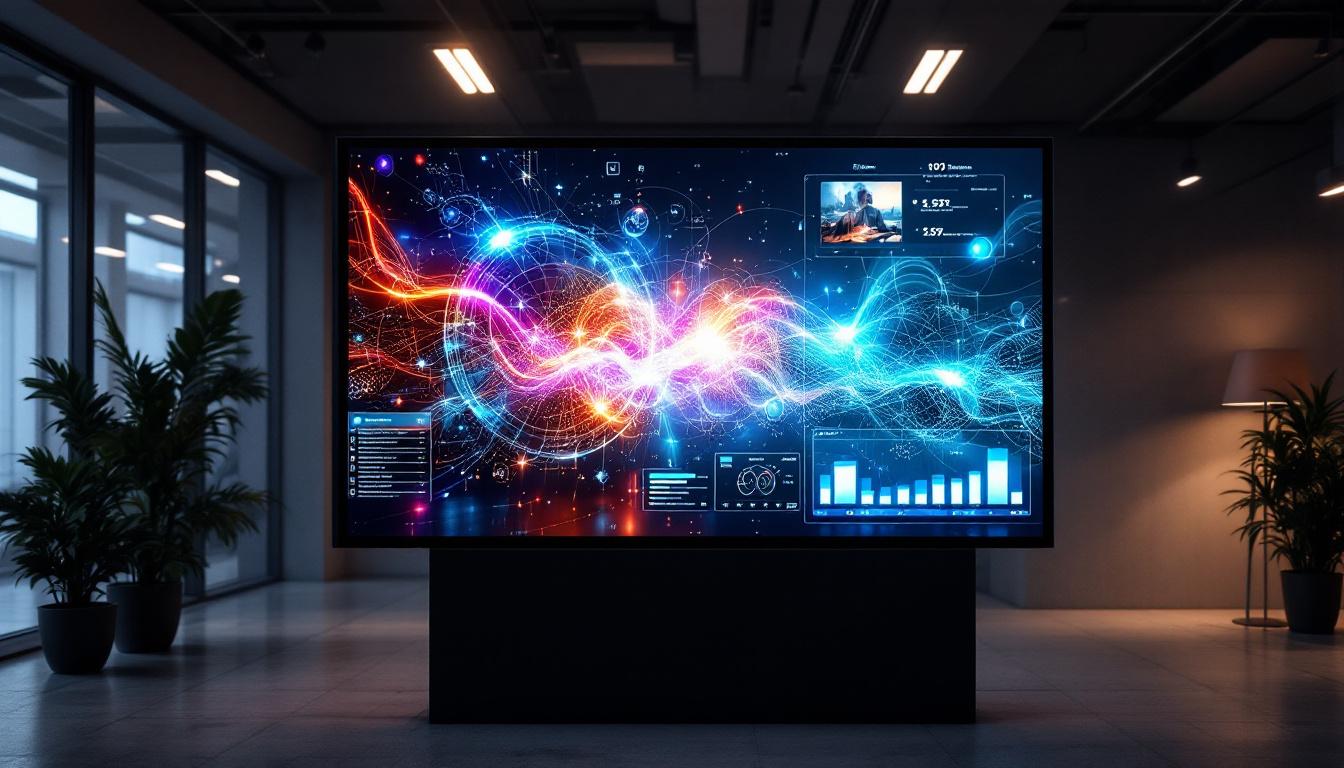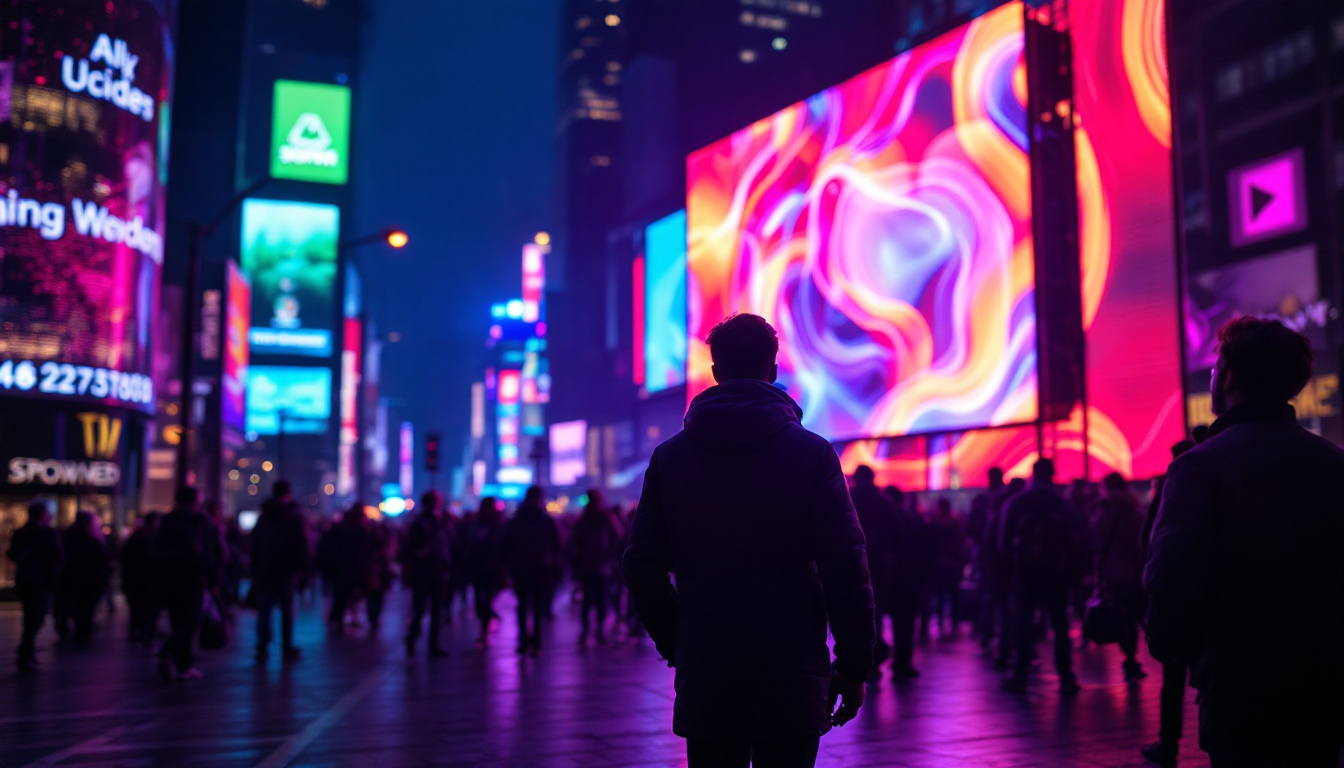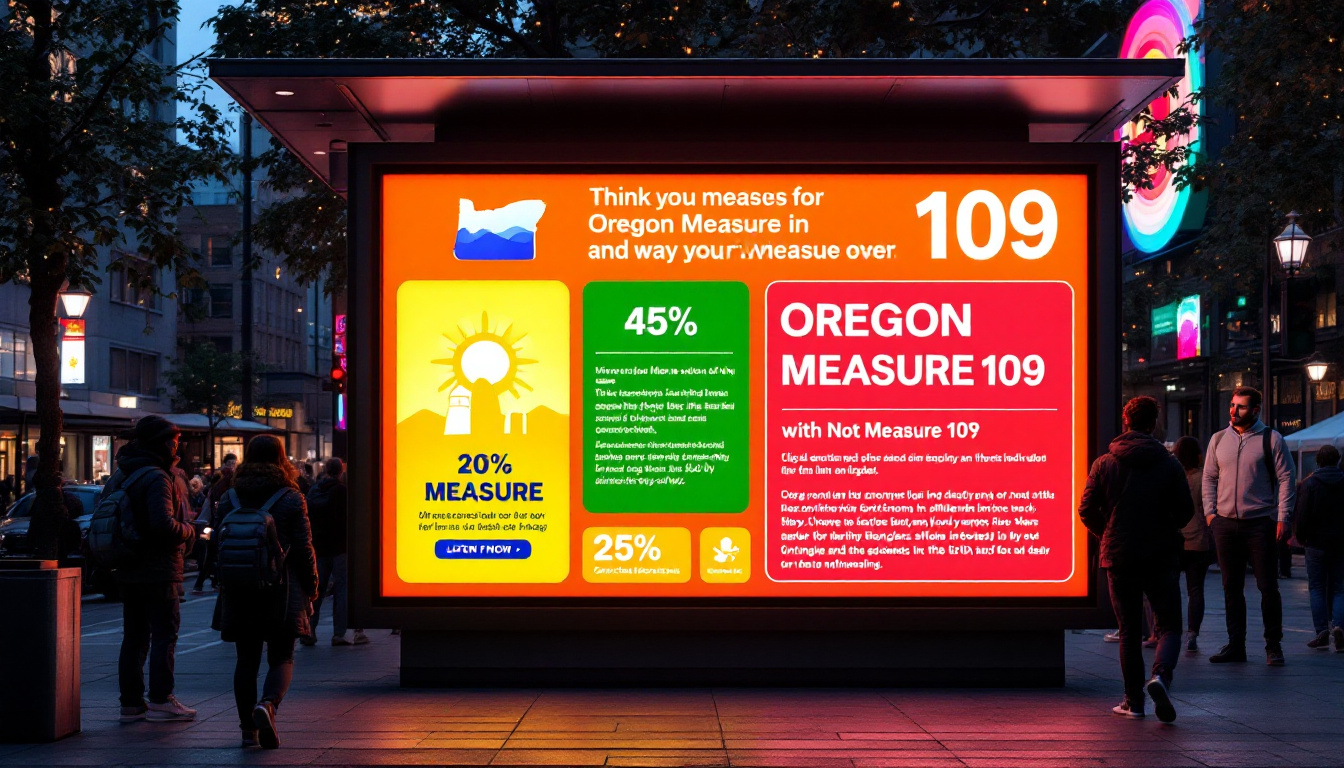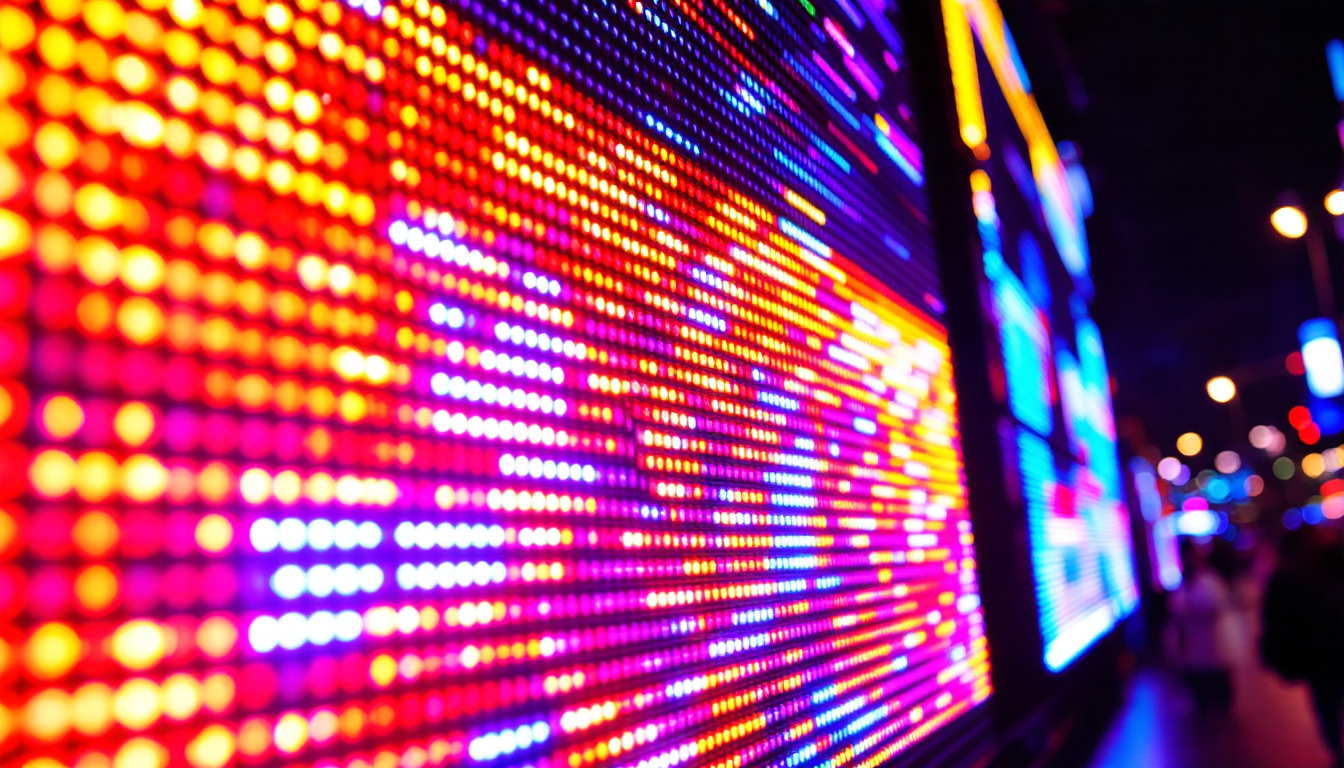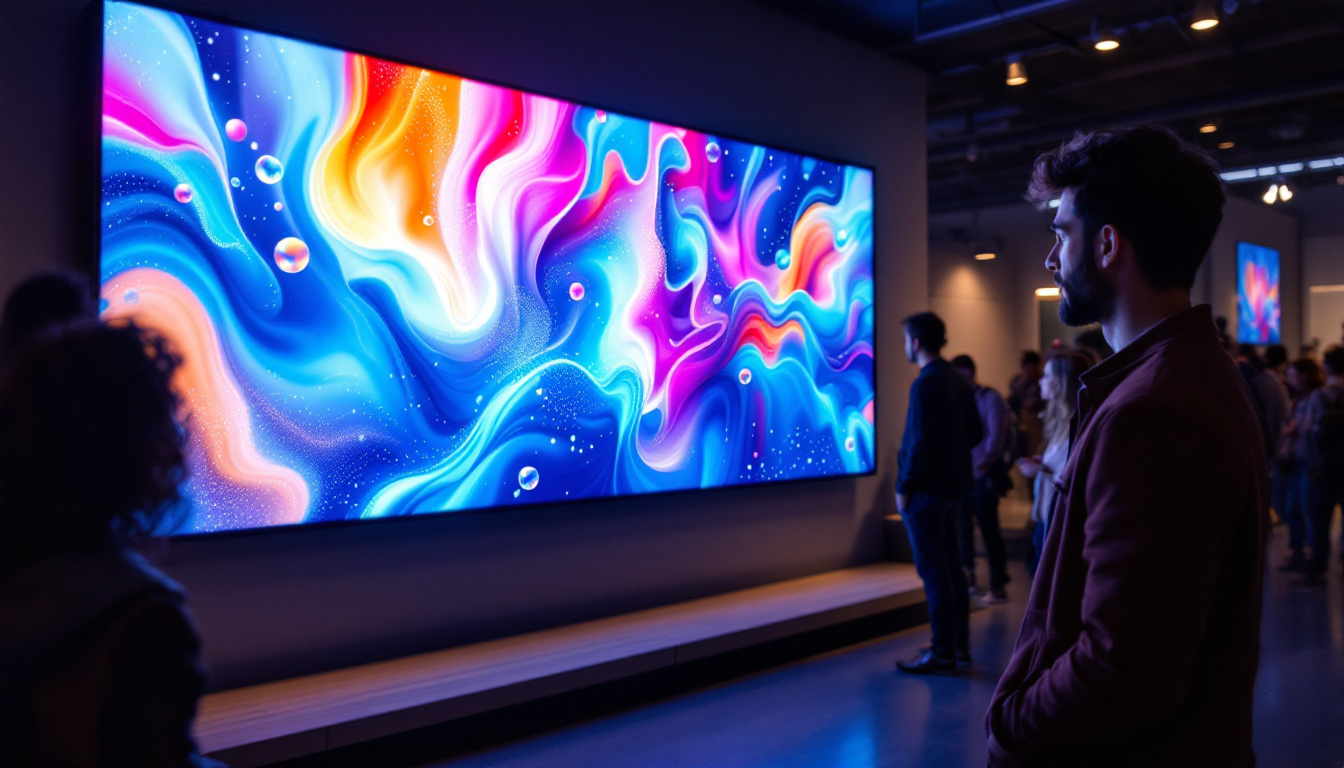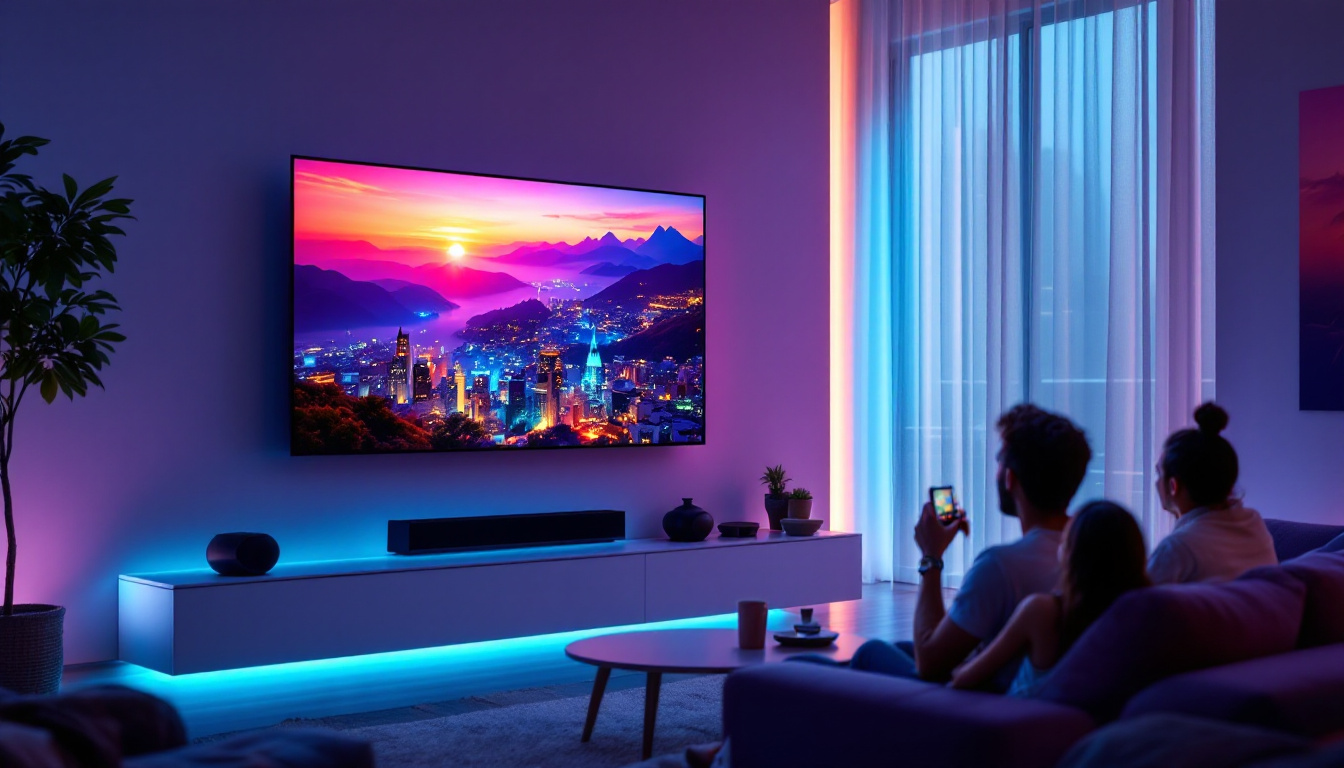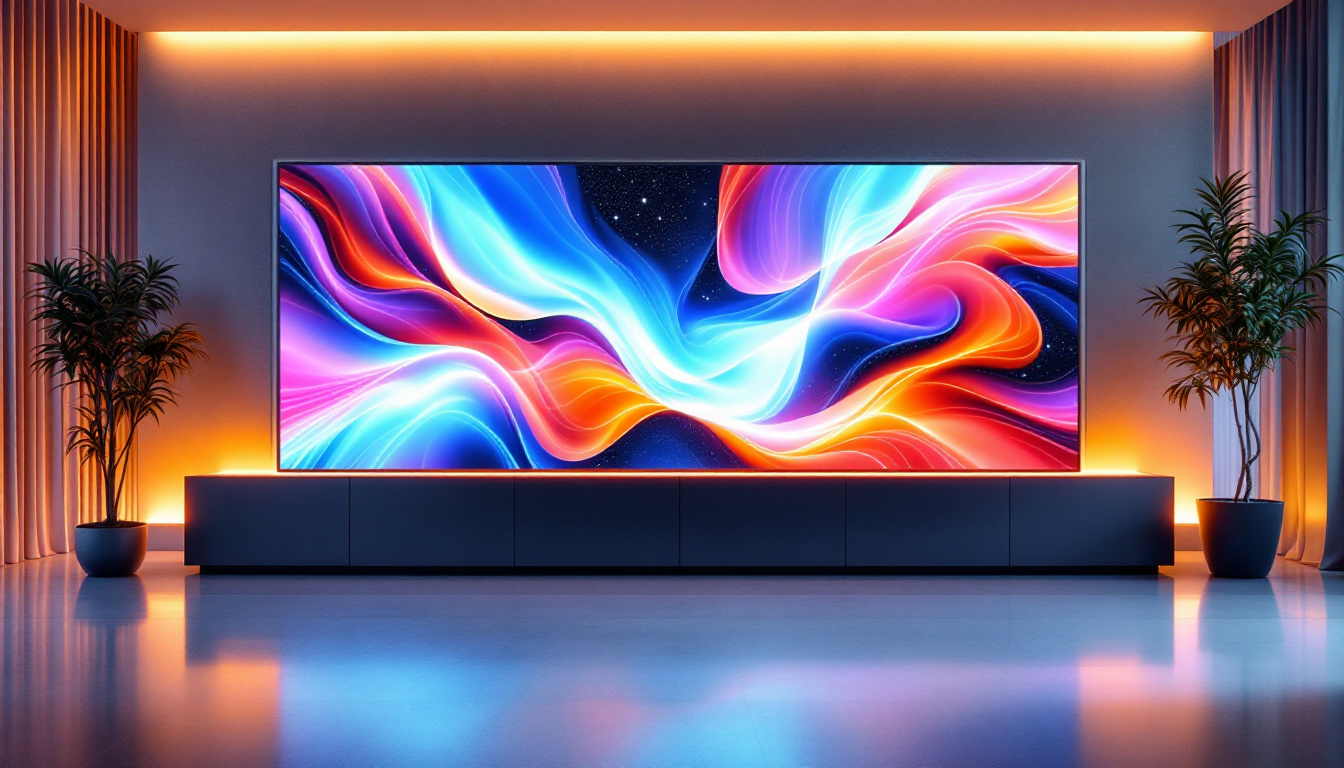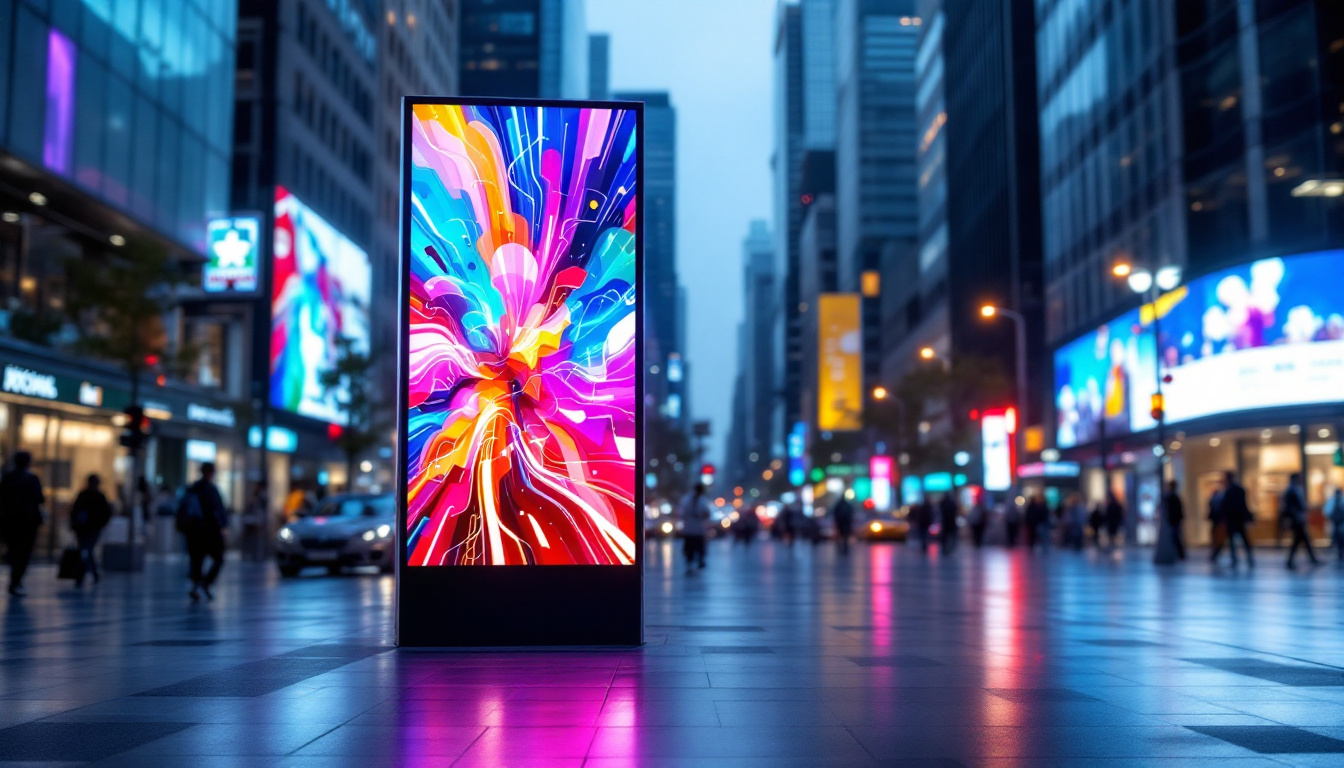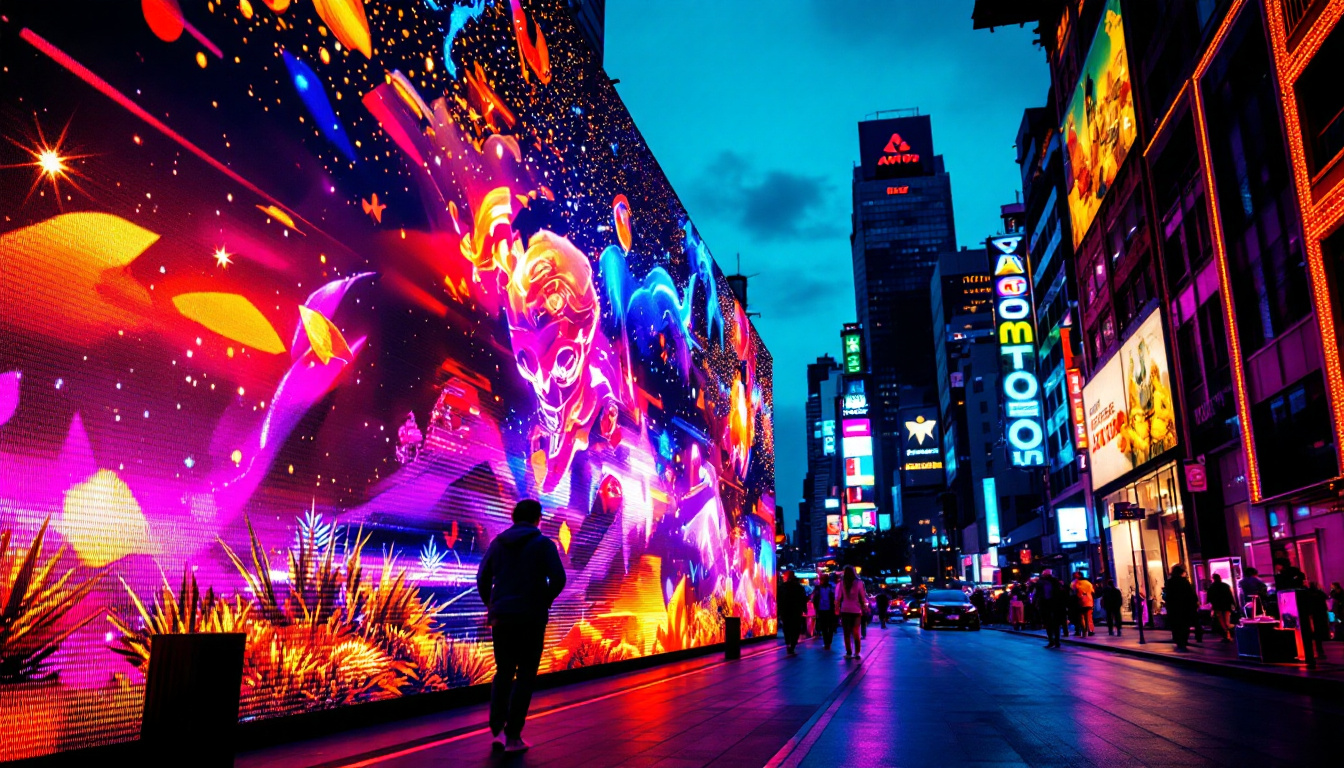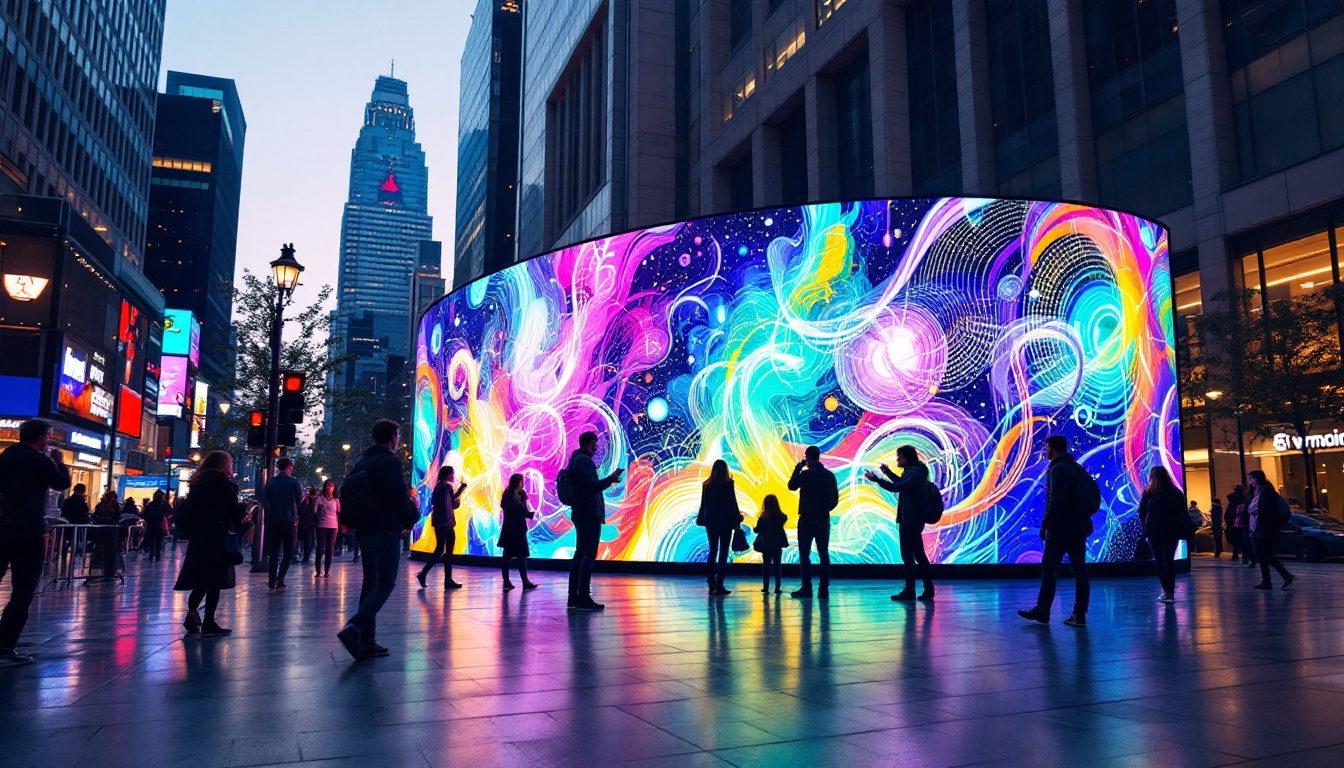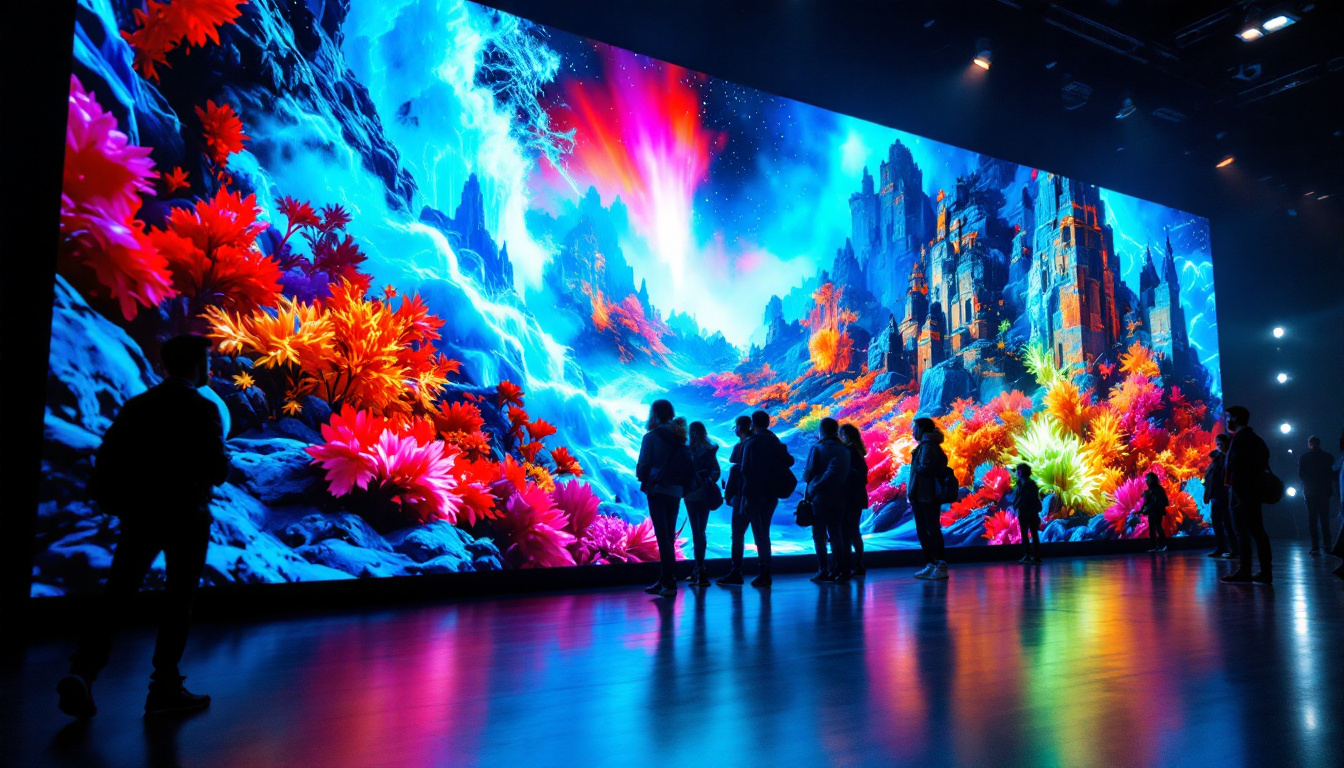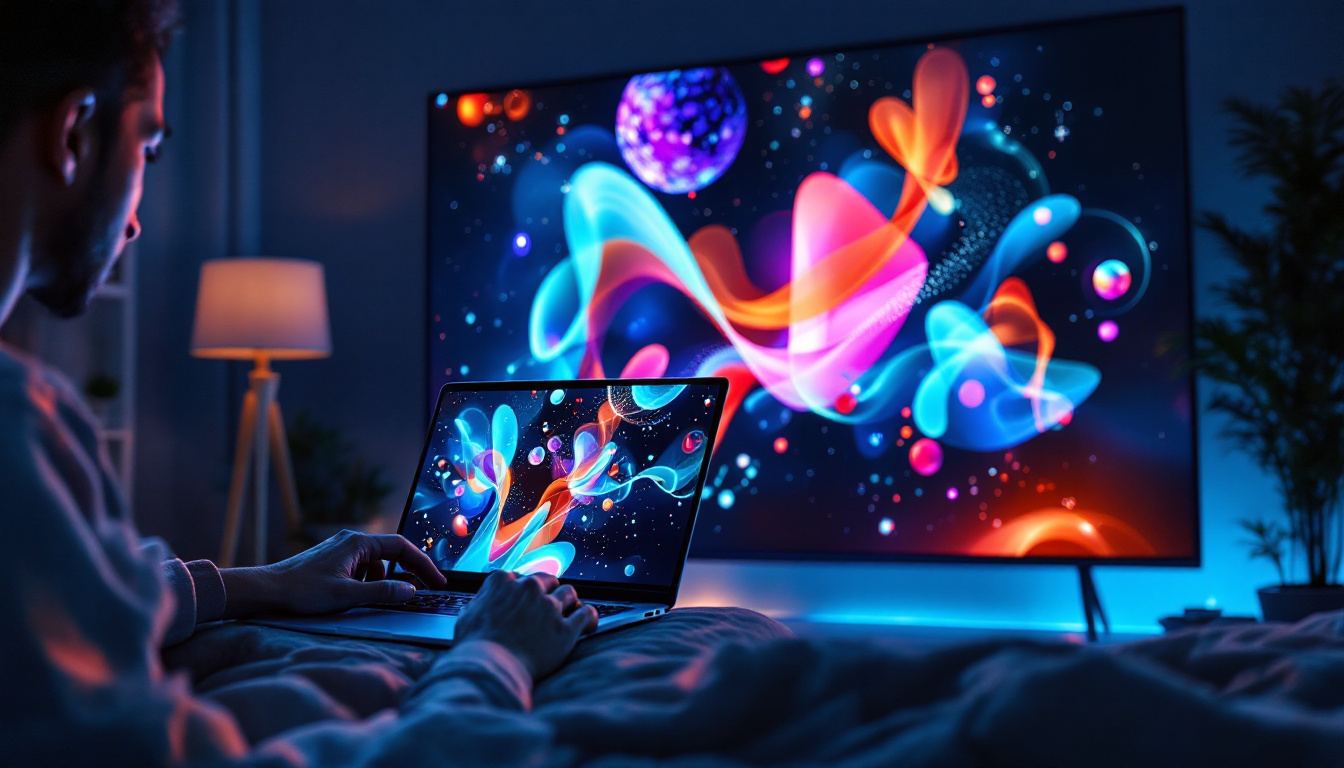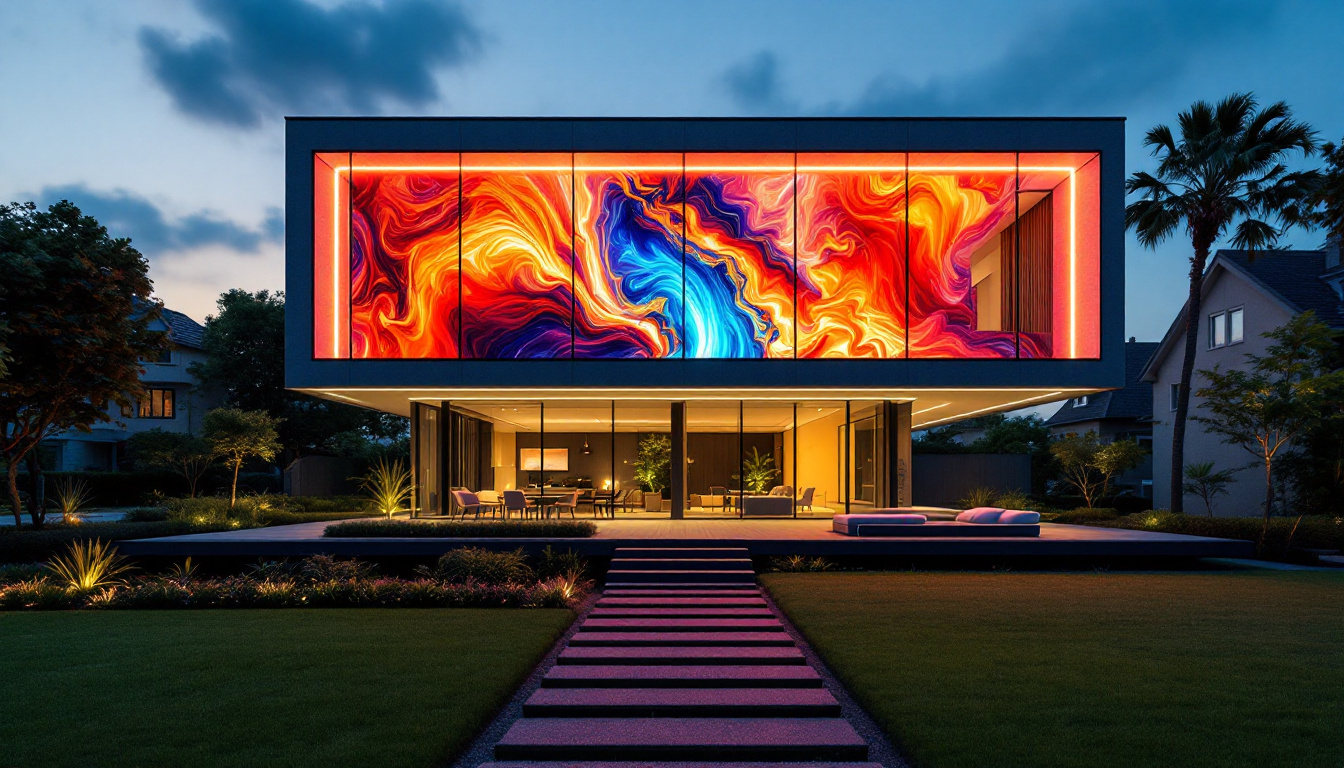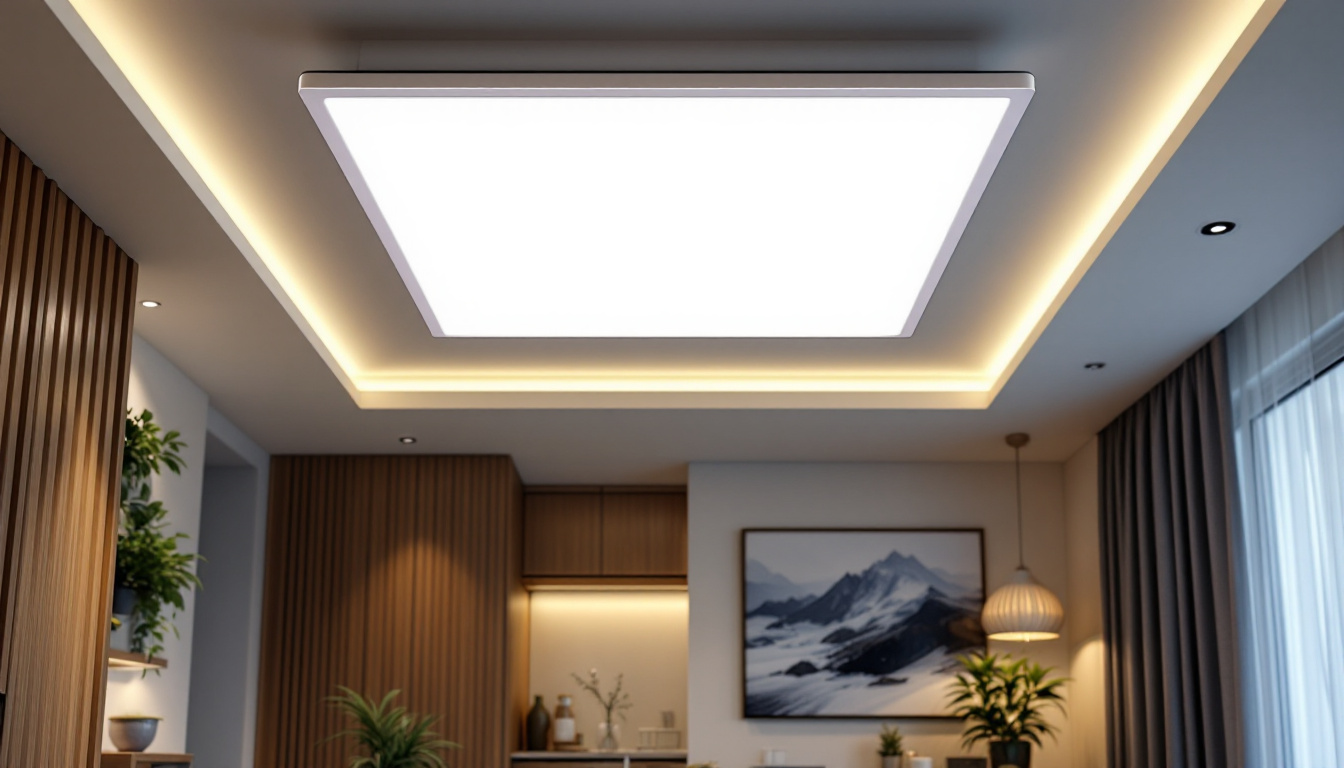In the modern world, LED displays have become ubiquitous, transforming the way information is presented and consumed. From large outdoor billboards to small screens on handheld devices, LED technology plays a crucial role in our daily lives. This article explores the intricacies of LED displays, their functionality, applications, and the benefits they offer.
What is an LED Display?
An LED display is a flat panel display that uses light-emitting diodes (LEDs) as its primary light source. Unlike traditional displays that rely on liquid crystal displays (LCDs) or cathode ray tubes (CRTs), LED displays are known for their brightness, energy efficiency, and versatility. They can be found in various forms, including digital signage, television screens, and even in wearable technology. The proliferation of LED technology has revolutionized how we consume visual media, making it more accessible and engaging than ever before.
Moreover, the longevity of LED displays is another significant advantage. With lifespans often exceeding 50,000 hours, these displays require less frequent replacement compared to their predecessors. This durability not only contributes to cost savings but also aligns with sustainability efforts, as fewer electronic waste products are generated. As technology continues to advance, LED displays are becoming increasingly integrated with smart features, allowing for interactive experiences that enhance user engagement.
How LED Displays Work
The core principle behind LED displays is relatively straightforward. Each pixel on an LED display is made up of individual red, green, and blue (RGB) LEDs. By adjusting the intensity of each color, a wide spectrum of colors can be produced. This RGB combination allows for vibrant images and videos, making LED displays ideal for dynamic content. The precision with which these colors can be mixed results in stunning visual fidelity, making LED displays a popular choice for everything from large-scale advertising to high-definition home theaters.
In addition to color mixing, LED displays can be either direct-view or backlit. Direct-view displays emit light directly from the LEDs, while backlit displays use LEDs to illuminate an LCD panel. The choice between these two types often depends on the specific application and desired visual quality. For instance, direct-view LED displays are favored in outdoor settings due to their superior brightness and visibility, while backlit displays might be preferred in environments where color accuracy and contrast are paramount, such as in graphic design studios.
Types of LED Displays
LED displays come in various forms, each designed for specific applications. Some of the most common types include:
- Outdoor LED Displays: These are designed to withstand harsh weather conditions and are often used for advertising and public information. They are typically larger and brighter to ensure visibility in sunlight. Additionally, many outdoor LED displays are equipped with advanced features such as automatic brightness adjustment, ensuring optimal visibility at all times of the day.
- Indoor LED Displays: These displays are used in venues such as theaters, shopping malls, and conference rooms. They offer high resolution and are designed for close viewing. The pixel density in indoor displays allows for crisp images and text, making them ideal for presentations and events where detail is crucial.
- Flexible LED Displays: These displays can be bent and shaped to fit various surfaces, making them ideal for creative installations and unique designs. Their adaptability allows designers to push the boundaries of traditional display formats, leading to innovative applications in art, architecture, and retail environments.
Applications of LED Displays
The versatility of LED displays allows them to be utilized in a wide range of applications. Here are some notable examples:
Advertising and Marketing
One of the most prominent uses of LED displays is in advertising. Billboards and digital signage utilize LED technology to create eye-catching advertisements that can be easily updated. This dynamic content not only captures attention but also allows businesses to promote their products and services in real-time. Furthermore, the brightness and clarity of LED displays ensure that advertisements are visible even in direct sunlight, making them an ideal choice for outdoor marketing campaigns. The ability to showcase multiple advertisements in a rotating format also maximizes exposure, allowing advertisers to reach a larger audience without the need for multiple static billboards.
Entertainment and Events
In the entertainment industry, LED displays are essential for concerts, sporting events, and festivals. Large screens provide audiences with a better view of performances, while vibrant visuals enhance the overall experience. Additionally, LED walls can be used to create immersive environments, transforming venues into captivating spaces. The flexibility of LED technology allows for creative designs, such as curved or shaped displays, which can be tailored to fit the unique architecture of a venue. This adaptability not only elevates the aesthetic appeal but also engages audiences on a deeper level, making events more memorable and impactful.
Transportation and Navigation
LED displays are also commonly found in transportation systems. Train stations, airports, and bus terminals utilize LED screens to provide real-time information regarding schedules and delays. This enhances passenger experience by ensuring that travelers are well-informed and can plan their journeys accordingly. Moreover, LED displays can be integrated with smart technology to offer personalized notifications, such as gate changes or boarding times, directly to passengers’ mobile devices. This integration not only streamlines the flow of information but also reduces congestion and confusion in busy transit areas, ultimately improving overall efficiency in transportation systems.
Education and Training
In educational settings, LED displays are becoming increasingly popular as teaching tools. Schools and universities use these displays to present information in a visually engaging manner, making lessons more interactive and stimulating for students. With the ability to showcase videos, animations, and live demonstrations, educators can enhance their teaching methods and cater to various learning styles. Additionally, LED displays can facilitate remote learning by allowing instructors to connect with students in different locations, providing a seamless educational experience that transcends geographical barriers.
Healthcare and Medical Facilities
LED displays also play a critical role in healthcare settings. Hospitals and clinics utilize these screens for displaying important information, such as patient wait times, health advisories, and educational content about medical procedures. In waiting areas, LED displays can help alleviate anxiety by providing patients with engaging content while they wait for their appointments. Furthermore, in operating rooms, LED monitors are used to display vital signs and surgical information, ensuring that medical staff can make informed decisions quickly. The clarity and reliability of LED technology contribute significantly to enhancing patient care and operational efficiency in healthcare environments.
Benefits of LED Displays
The adoption of LED displays comes with numerous advantages that contribute to their popularity across various sectors. Some of the key benefits include:
Energy Efficiency
One of the most significant advantages of LED technology is its energy efficiency. Compared to traditional lighting solutions, LED displays consume significantly less power, resulting in lower energy costs. This is particularly beneficial for businesses that operate large displays continuously.
Longevity and Durability
LED displays are known for their long lifespan, often lasting up to 100,000 hours or more. This durability reduces the need for frequent replacements, making them a cost-effective solution in the long run. Additionally, LED displays are resistant to shock and vibration, making them suitable for various environments.
High Brightness and Contrast
LED displays offer superior brightness levels and contrast ratios, ensuring that content remains visible even in bright daylight. This makes them ideal for outdoor applications where visibility is crucial. The ability to produce vibrant colors further enhances the viewing experience, making LED displays a preferred choice for many applications.
Challenges and Considerations
Despite their numerous advantages, LED displays are not without challenges. Understanding these challenges is essential for making informed decisions regarding their use.
Initial Cost
The initial investment for LED displays can be higher than traditional display technologies. While the long-term savings on energy and maintenance costs can offset this expense, businesses must consider their budget and return on investment when deciding to implement LED technology.
Heat Management
LED displays generate heat during operation, which can affect performance if not properly managed. Adequate cooling systems must be in place to ensure that the display operates efficiently and maintains its longevity. This is particularly important for large outdoor displays that may be exposed to direct sunlight.
Content Management
Creating and managing content for LED displays requires specialized knowledge and software. Businesses must invest in training or hire professionals to ensure that their displays are used effectively. Additionally, keeping content fresh and engaging is crucial to maintaining viewer interest.
Future Trends in LED Display Technology
The LED display industry is constantly evolving, with new technologies and trends emerging regularly. Here are some anticipated developments in the near future:
Higher Resolution Displays
As technology advances, the demand for higher resolution displays continues to grow. Future LED displays are expected to offer even finer pixel pitches, resulting in sharper images and improved viewing experiences. This trend is particularly relevant for indoor applications, where viewers are often closer to the screen.
Integration with Smart Technology
The integration of LED displays with smart technology is set to revolutionize the industry. Features such as remote monitoring, automated content updates, and interactive capabilities will enhance the functionality of LED displays. This will allow businesses to engage with their audiences in new and innovative ways.
Sustainability Initiatives
As environmental concerns become increasingly important, the LED display industry is likely to focus on sustainability initiatives. This may include the development of eco-friendly materials, energy-efficient manufacturing processes, and recycling programs for old displays. Such efforts will not only benefit the planet but also appeal to environmentally conscious consumers.
Conclusion
LED displays have transformed the way information is conveyed and experienced. Their versatility, energy efficiency, and vibrant visuals make them an ideal choice for a wide range of applications, from advertising to entertainment. While challenges exist, the benefits of LED technology far outweigh the drawbacks, making it a compelling option for businesses and organizations.
As technology continues to advance, the future of LED displays looks promising. With innovations on the horizon, these displays will become even more integrated into our daily lives, enhancing communication and engagement in ways we have yet to imagine. Understanding the intricacies of LED displays is essential for leveraging their full potential and staying ahead in a rapidly changing digital landscape.
Discover Cutting-Edge LED Displays with LumenMatrix
Ready to elevate your visual communication and captivate your audience with the latest in LED display technology? Look no further than LumenMatrix, a pioneer in crafting innovative LED display solutions. From the immersive Indoor LED Wall Display to the dynamic Outdoor LED Wall Display, and from the versatile Vehicle LED Display to the sleek LED Poster Display, LumenMatrix offers a wide array of options to meet your specific needs. Whether you’re looking to engage fans with an LED Sports Display, add movement with a Floor LED Display, or customize your message with a Custom LED Display, LumenMatrix has the solution. Embrace the future with our All-in-One LED Display and LED Transparent Display, designed to create unforgettable visual experiences. Don’t miss the opportunity to transform your space and share your message with unparalleled clarity. Check out LumenMatrix LED Display Solutions and start making an impact today.

